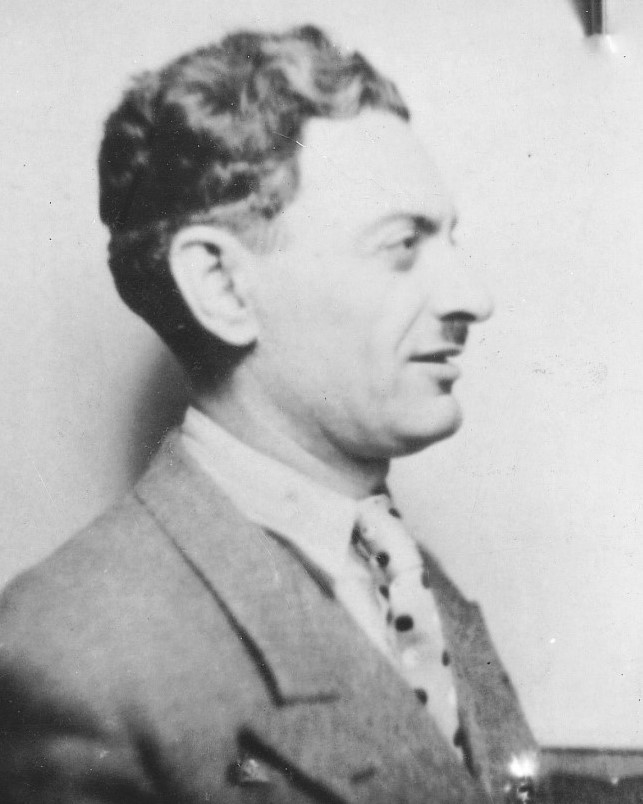Molli CHWAT
Январь 2, 2019Béla CZOBEL
Январь 2, 2019Иеуда КОЭН
САЛОНИКИ (ГРЕЦИЯ) 1897 – ДЕПОРТИРОВАН В ОСВЕНЦИМ В 1942 Г.
Родом из семьи ремесленников, Иеуда Коэн решил уехать в Палестину в 1918 году. Изучал живопись в Школе искусств Бецалель в Иерусалиме. В 1923 году организовал выставку в своей школе. По совету препо- давателей Коэн отправился в Европу в 1925 году. Посетил Флоренцию, Брюссель и Париж со своим дру- гом Мадимом Зарудинским. В Париже женился на моло- дой женщине тоже родом из Салоников, которая рабо- тала в ателье готового платья. После смерти жены, в соответствии с традициями Коэн женился на её млад- шей сестре, которая родила ему детей. Иеуда Коэн писал пейзажи и сцены деревенской жизни, делал иллюстрации к Библии и создал немало рисунков тушью. Чтобы обеспечить семью, он работал на стройке. 7 ноября 1942 года Коэн с женой, детьми и родите- лями жены были интернированы в Дранси. 11 ноября 1942 года все они были депортированы эшелоном №45 и убиты в Освенциме.
Stories of Jewish Artists of the School of Paris 1905-1939
FRENCH-ENGLISH
Capitale des arts, le Paris des années 1905-1939 attire les artistes du monde entier. De cette période de foisonnement, un terme est resté, celui d'Ecole de Paris, qui recouvre une grande diversité d'expression artistique. Dans ce brassage dont Montparnasse est le creuset, un groupe se distingue : celui des artistes juifs venus de Russie, de Pologne et d'Europe centrale. Si leurs styles sont variés, un destin commun les rassemble : ils fuient l'antisémitisme de leur pays d'origine. Certains ont connu la célébrité dès les années 1920, tels Soutine, Lipchitz ou Chagall. D'autres n'ont pas eu le temps ou la chance d'y accéder. Près de la moitié a péri dans les camps de concentration nazis.
From 1905 to 1939, Paris attracted artists from all over the globe as the capital of the art world. This period of artistic proliferation became known as the School of Paris, and includes a great diversity of artistic expression. Within the teeming art world centred on Montparnasse, one group set itself apart: Jewish artists from Russia, Poland, and Central Europe. Although their styles were diverse, they shared the common fate of fleeing anti-Semitic persecutions in their home countries. Some became famous in the 1920s, such as Soutine, Lipchitz, and Chagall, while others did not have the time or the luck to gain renown. Nearly half of these artists died in Nazi concentration camps.





